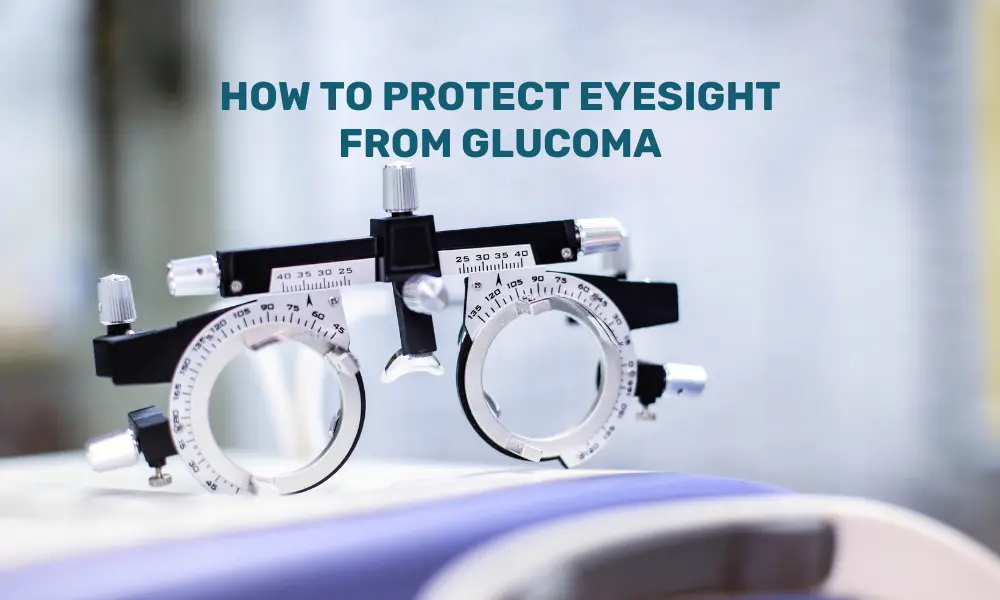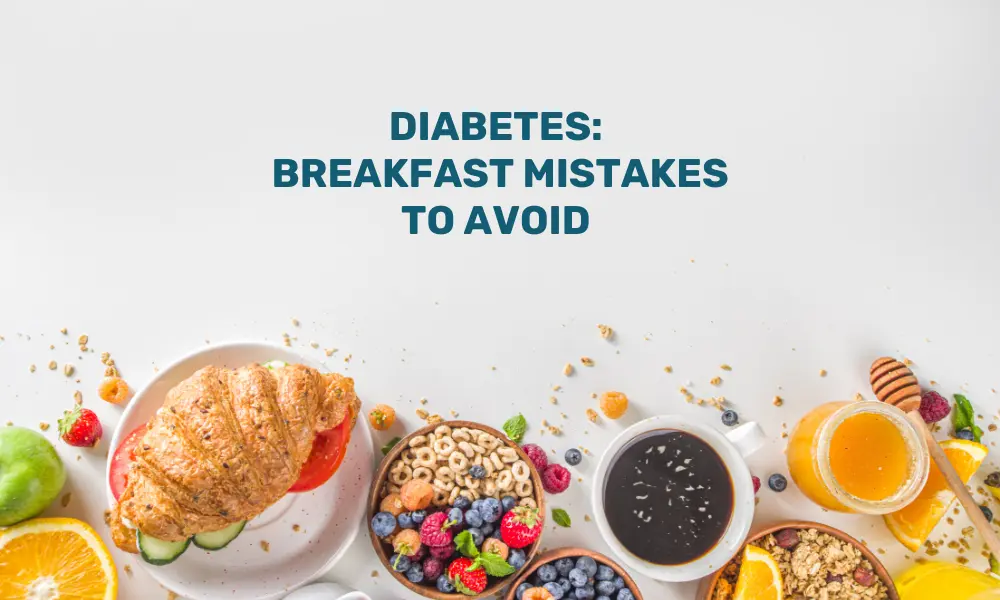After the age of 40, many women experience unexpected changes in their vision. From declining visual acuity to increased dryness, inflammation, and other eye-related issues, this stage of life often brings new challenges in maintaining eye health.
Hormonal shifts, especially as women approach menopause, can impact eye moisture, lens flexibility, and even cause pressure inside the eye. Additionally, longer hours on screens and rising pollution make it worse. It is no surprise that more women are reporting eye strain, blurred vision, and discomfort. There are five eye conditions that affect women after the age of 40.
Five Eye Issues After Forty in Women
-
Glaucoma: This condition is also called the silent thief of sight. Glaucoma refers to the gradual and slow damage to the optic nerve. It usually comes with no early symptoms. Women with a family history of diabetes should have regular eye pressure checks to catch it early.
-
Dry eyes: Thanks to hormonal dips, women are more prone to dry eyes, especially post-menopause. If your eyes feel gritty, itchy, or watery, it might be dry eye syndrome. Artificial tears can help, but chronic dryness needs medical advice.
-
Development of Cataracts: Though more common in the 60s, early cataracts often start forming in the 40s. One may notice blurry vision, glare from headlights, or colours looking dull. Thankfully, cataract surgery is now safer and quicker than ever.
-
Macular degeneration: Macular degeneration affects central vision, making it hard to read, recognize faces, or drive. Early signs may appear in the 40s, especially if there is a family history. A diet with leafy greens and vitamin A, along with regular eye exams, can help delay progression.
-
Presbyopia: One of the first signs of ageing eyes is the need to hold reading material farther away. This age-related near vision change is called presbyopia. It usually begins in the early 40s and can be easily managed with either reading glasses or multifocal lenses.
Ageing may bring about some challenges to eye health, but it is vital to take care of our eyes, especially in today’s increasingly digital world. While screens have become a part of modern life, they place significant strain on our eyes.
According to eye specialists, patients often report symptoms such as tired or burning eyes, dryness, headaches, blurred vision, and even neck or shoulder pain. These issues are frequently caused by poor screen ergonomics and can worsen over time if not addressed. Prolonged screen use can result in what is commonly known as digital eye strain or computer vision syndrome. So, here are ways one can ensure good eye health.
Ways to ensure good eye health
1. Eat right for your eyes
Nutrition is important for maintaining eye health, particularly for individuals who spend long hours in front of screens. Staying well-hydrated is essential, as dehydration can worsen eye dryness. A balanced diet should include:
-
Vitamin A from carrots and sweet potatoes
-
Lutein and Zeaxanthin in leafy greens, eggs, and corn
-
Omega-3 fatty acids from walnuts, fish, and flaxseeds
-
Vitamin C from citrus fruits
-
Zinc (from nuts
2. Adjust your screen height
-
When your screen is positioned too high or too low, your eyes and neck are forced into unnatural positions.
-
The top of your screen should be at or slightly below eye level, and at an arm’s length distance.
-
This positioning reduces both visual stress and musculoskeletal strain.
3. Blink more often
-
Blinking keeps the eyes moist and comfortable. However, our blink rate decreases significantly when we stare at screens, leading to dryness and irritation.
-
Make a conscious effort to blink more often, and consider using preservative-free lubricating eye drops if needed.
4. Balance your lighting
-
Inadequate lighting, either too bright or too dim, can force your eyes to work harder, leading to fatigue.
-
Ensure your workspace is well-lit with soft, indirect light.
-
Avoid placing screens directly in front of or behind bright light sources to reduce glare.
-
Using an anti-glare screen filter can also help.
5. Follow the 20-20-20 rule
-
Continuous screen use without breaks can overload the eye muscles.
-
To reduce fatigue, follow the 20-20-20 rule: every 20 minutes, look at an object 20 feet away for 20 seconds. This simple practice allows your eye muscles to relax and helps maintain focus.
Ageing cannot be stopped or reversed. But we can surely be vigilant and aware of the symptoms that age-related eye conditions have, and start taking extra care of our eyes. For more such nutrition related tips – CLICK HERE!
Disclaimer: This article is meant for informational purposes only and must not be considered a substitute for professional advice.





